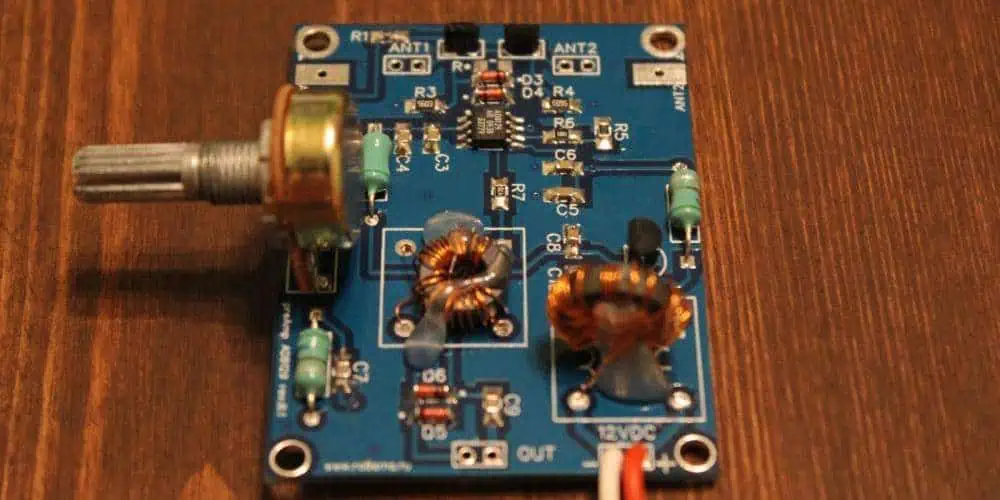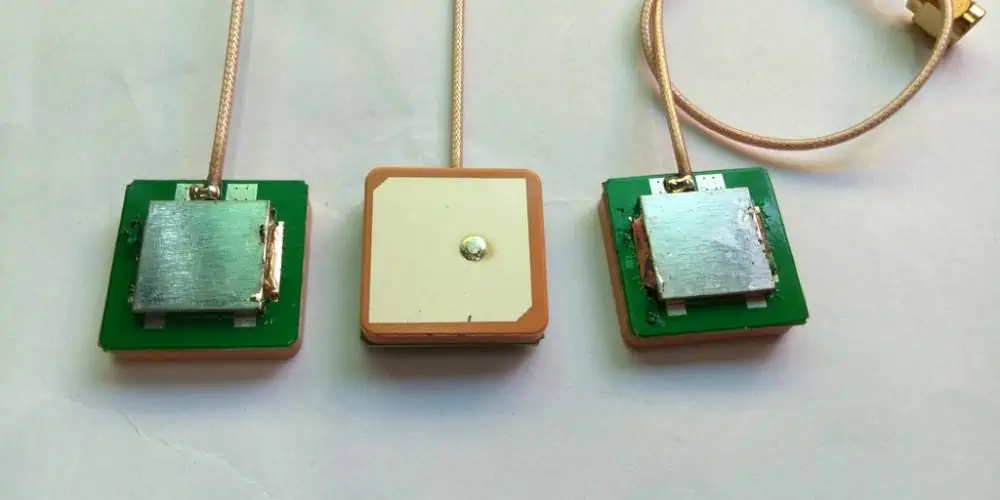Nowadays, the manner in which we watch television makes it crucial to possess a strong signal. No one really wants the signal to drop out while watching their preferred reality program or a crucial sporting event. We’re lucky to have antenna amplifiers that can prevent this.
What is an Antenna Amplifier for TV?
The antenna amplifier can be described as a tiny plastic box which is fastened towards the pole holding this television antenna in order to improve the signal distribution to TVs within a building or home. Your TV can display a clearer sound and sharper image with greater reception. From one amplifier, your TV signal can be sent to a number of televisions.
It is also important to remember that while they might occasionally be helpful, there are times when they can really hurt your reception. Also, if this antenna receives signals poorly, the amplifier would merely help spread this subpar signal. Also, you should be aware that an amplifier’s excess power can result in “noise” which might affect your TV signal, therefore you should experiment with the settings until you discover the one that works best.
Which Antenna Amplifiers for TV are Available?

Understanding the distinction between the distribution amplifier as well as a preamplifier is crucial. The signal originating directly from your antenna is amplified by a preamplifier that is placed on the mast. The benefit of this is that the signal is strengthened at its peak, where it ends up coming of at your antenna.
When distributing the signal to numerous TVs, the distribution amplifier would be typically positioned indoors. Below are some details about each antenna amplifier type:
Mast amplifier
This is necessary to change the power source’s voltage from 220 to 24 or 12 volts. Between 30 to 40 decibels more signal is received (dB). Some can reach 50 dB of noise. Some variants come with up to twelve output sockets. To prevent receiving weak signals, this amplifier is placed near the source of signals.
Indoor amplifiers
This produces a signal boost of 16 to about 24 dB. This is typically employed to strengthen the weak signals for a particular device. They typically work in tandem with other amplifiers. Therefore, they are regarded after installing another antenna type. Usually, they are not as expensive as the mast amplifiers.
Purchase Requirements for Antenna Amplifiers

Choosing the most suitable Television antenna amplifier might not be simple, as there are many identical products on the market, many of which have similar specifications however operate very differently. Nevertheless, conduct some research but also read our recommendations. To assist customers in finding their ideal partner, that is the primary reason we decided to write this guide. The following criteria are suggested for making a great buy.
Types
Amplifiers are in two primary categories, indoor and mast, as was already explained. Install your amplifier as near as you can to the antenna. This indoor amplifier should be placed near the television.
Be sure to avoid installing any equipment between the power supply and the preamplifier. These can diminish the signal by blocking the voltage which is being passed up your cable to help power the amp. Any of the types will enable you to receive TV reception more effectively and efficiently.
Profit
Decibels (dB) are used to quantify how much gain is produced by amplifiers. Although some could go as high as 50 dB, mast antenna could provide a specific signal gain somewhere between 30 to 40 dB. They are only appropriate for the terrestrial television, though. It is impossible to use compatible frequencies to magnify the satellite signal.
Gain produced by indoor amplifiers ranges from 16 dB to 24 dB. This task is adequate and occasionally even excessive. The indoor line amplifiers are another option, and they boost already-amplified signals by a huge installation.
These types are applicable for satellite as well as direct-broadcast television and have a maximum sensitivity of 40 dB.
Frequency
A tv antenna, often known as a TV aerial, is just an antenna created specifically for the transmission of broadcast tv signals that are received over air. The frequencies broadcast in several nations between around 47 and 250 MHz as well as 470 and 960 MHz. Make sure to search for amplifier that operates at the required frequency. Both choices can prove to be appropriate for your requirements.
Outputs
The simplest element to take into account is the number of outputs you actually need. Finding the inputs for the tvs you wish to link to is all that’s required, along with buying a device having an equal amount of outputs. You can end up having to pay extra than required for a device when the ports are excessive. Also, it is possible the eventual signal quality obtained would be lower
It’s crucial to match the quantity of outputs onto the level of demand you need. It is not worthwhile to purchase an amplifier having more than two outputs if you own two televisions. Only if this product has additional features it offers do we recommend it. Saving money on a specific product with the ideal quantity of output port will allow you to spend your money on something with superior quality in the other areas.

Ratio of Power to Quality
You shouldn’t anticipate the amplifier to boost the signal’s quality. Television antenna amplifier increase the signal’s power rather than its quality. In other words, if the signal quality is bad, an amplifier would increase the signal’s visibility. The reception quality issues won’t be resolved by an antenna amplifier, and they can even get worse.
Signal boosters and Television aerial amplifiers do function. Due to cable resistance as well as signal splitting for several TVs, they can aid in overcoming signal losses. They won’t, however, magically transform a subpar or feeble TV signal to a strong, dependable signal. When properly used, they can resolve your signal problems.
Conclusion
We hope you now understand what an antenna amplifier is all about as well as features you should consider before using one. Feel free to reach out to us if you need more explanations.
